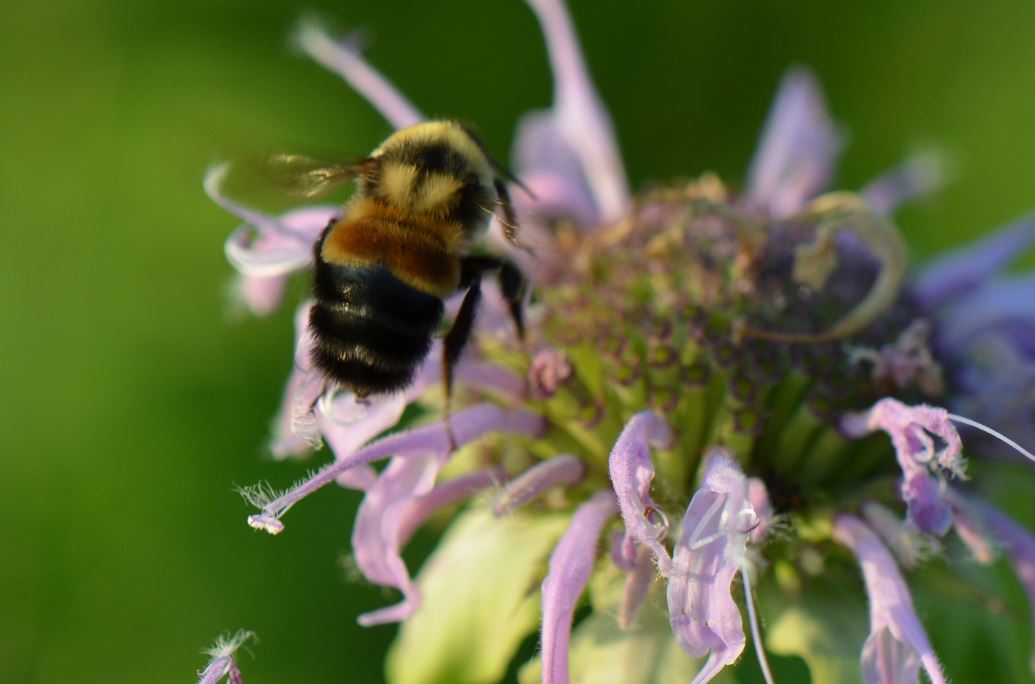Recently, reports of extinction of animal species have been spreading. A lot of insect species, for example, bees and butterflies, are disappearing rapidly. Now it is the bumblebees’ turn. More and more countries are putting them on the list of endangered species.
At the beginning of the last century there were several hundred species of bumblebees in the world and almost 30 species in the Central Europe. In recent decades, some species have died out in Europe, others are seriously endangered. In other countries, bumblebee loss is even more dramatic. In the United Kingdom, a drop of 60% is recorded, in the US almost an incredible 90%.
Bumblebee Endangered Species
Bombus affinis, commonly known as the rusty patched bumblebee, is a species of bumblebee endemic to North America. It can be classified with the rust-colored patch of hair on the middle portion of the abdomen. This species consumes nectar and pollen from a variety of plants. Most nests constructed by this species are built underground, and are commonly found in old rodent.
The rusty patched bumblebee has declined by 87 percent in the last 20 years. Now it can be found in 12 states of the U.S. and Ontario, Canada.

As with many other species, urbanization, intensive farming, disease, pesticide use and climate change are responsible for extinction.
We do not realize that in times of general decline in the number of bees in nature, bumblebees are almost the last alternative for pollination of flowers and good harvest. Without their presence, we are deprived not only of seeing their beautifully colored body, but also of all apples, pears, plums and many other fruits.
To protect all pollinators it is necessary to maintain and, if possible, extend grassland so that they can naturally prosper and survive.
Sources: http://www.trueactivist.com/the-bumblebee-is-now-an-endangered-species-t1/, https://en.wikipedia.org/wiki/Bombus_affinis
Credit: flickr.com, pixabay.com




